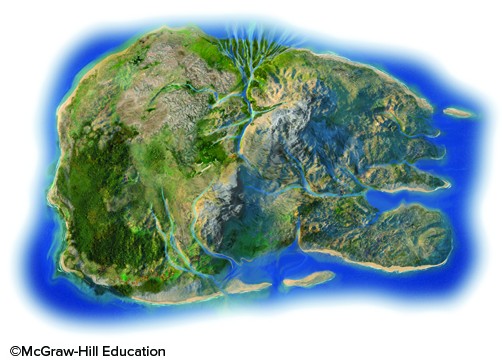Explain what is meant by Ekman transport and what role it plays in producing oceanic gyres in the surface waters of the subtropical oceans
What will be an ideal response?
The surface Ekman layer, which extends to about 100 to 300 meters depth, is a boundary layer feature in which the direct stresses of the wind are felt. The transport within the Ekman layer is 90° towards the right of the wind in the northern hemisphere, and 90° to the left of the wind in the southern hemisphere. The Ekman transport is proportional to the wind stress, which is proportional to the square of the wind speed. In a clockwise gyre in the Northern Hemisphere, the effect of Ekman transport is to push water into the center of the gyre. Note that the counterclockwise gyres in the Southern Hemisphere will produce exactly the same result, because the Coriolis Effect deflects the water to the left.
The subtropical gyres are formed by geostrophic currents that occur when Ekman transport from the wind-driven currents causes water to pile up in the center of the gyre. There is a force due to gravity, acting down the gradient of the surface slope that is opposed by the Coriolis Effect. The net effect is a flow of water at approximately 90° to the slope. The result is a geostrophic current that flows approximately perpendicular to the slope of the sea surface around the gyre.
You might also like to view...
The higher the sinuosity, the straighter the stream channel
Indicate whether the statement is true or false
A black walnut (Juglans nigra) emits a chemical that may kill or inhibit the growth of other nearby shrubs or trees. However, the black walnut is unaffected by this interaction. This is an example of which symbiotic relationship?
A) parasitism B) mutualism C) commensalism D) amensalism
Freezing rain more commonly occurs with warm fronts than with cold fronts
a. True b. False
Based on the features on this island in the shorelines investigation, what is the direction of waves and sediment transport?
A. north to south B. west to east C. east to west